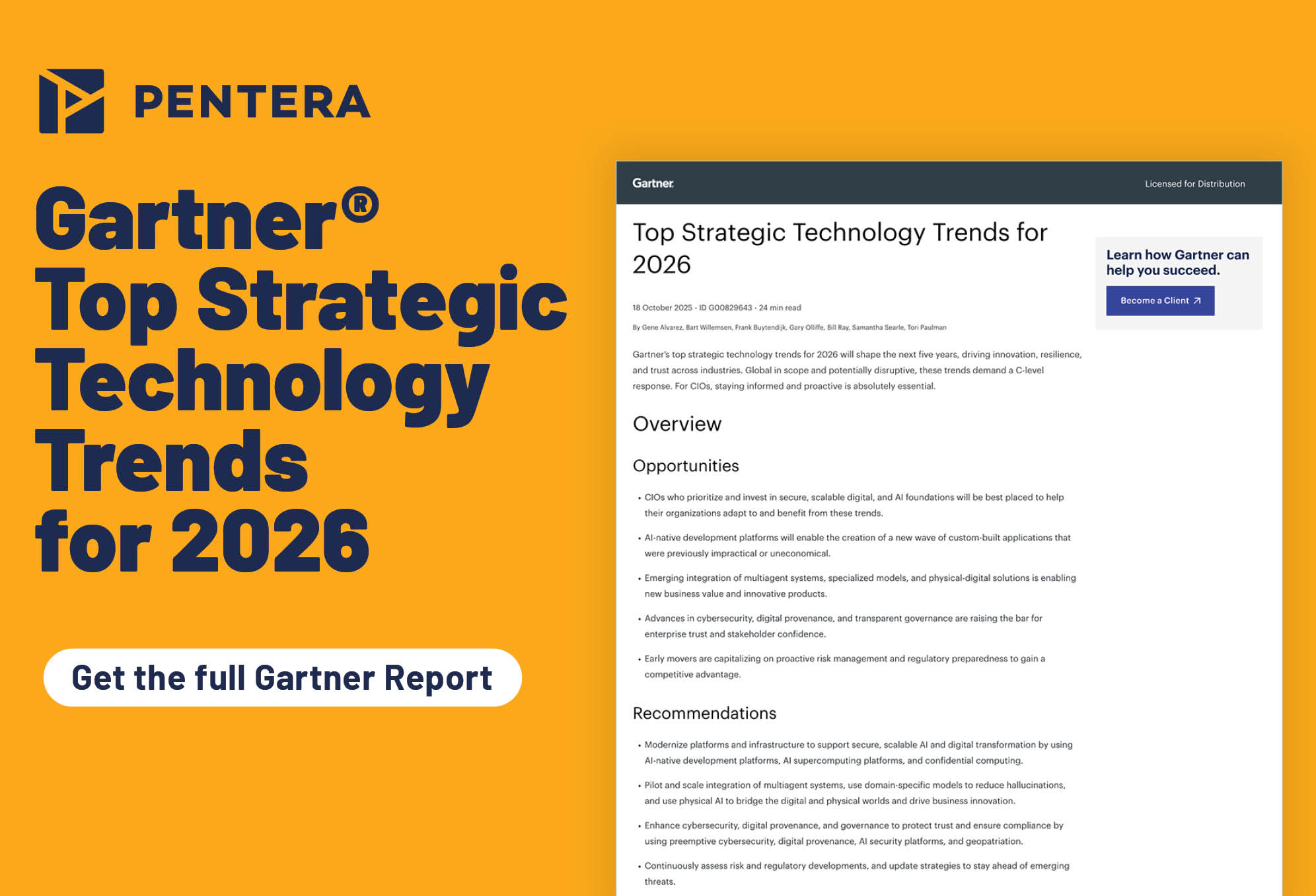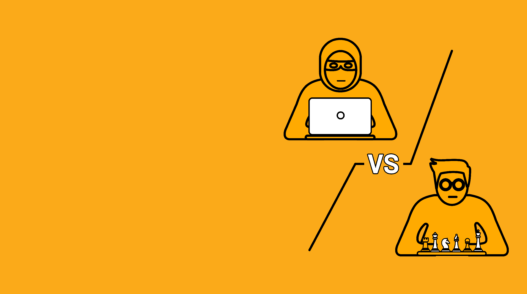With an expanded remote workforce and an increase in cyber-attacks over the past year, validating organizational resilience has become a top enterprise priority.
By leveraging security validation tools, CISOs can strengthen operational defenses, phase out ineffective tools and processes, and gain a clearer understanding of the gap between perceived and actual resiliency levels.
However, not all security validation tools are created equal.
Here are five must-have capabilities that define effective security validation tools:
Continuous Applicability
New threat vectors emerge constantly, making periodic vulnerability scans obsolete almost immediately. In fact, 40% of organizations express concern that they aren’t testing their security controls frequently enough. Continuous security validation ensures real-time, up-to-date confidence in your security program.
Adversarial Validation
Understanding where your crown jewel assets reside is only the first step. To ensure their security, organizations must move beyond assumptions and adopt an attacker’s mindset. By emulating adversarial tactics—such as privilege escalation and lateral movement—security teams can uncover vulnerabilities that might otherwise go unnoticed.
Working Like a Machine
Machines outperform humans in security validation through superior consistency, speed, cost-effectiveness, and accuracy. With an automated platform, teams can focus their efforts elsewhere, knowing that the validation process is running seamlessly. Unlike humans, machines operate tirelessly—no breaks, no errors, and no delays.
Risk-based Prioritization
Alert fatigue occurs when security teams are inundated with warnings and lengthy vulnerability lists lacking context, often leading to skipped steps or misjudgments. Effective validation tools integrate risk assessments with business context, enabling teams to prioritize critical issues requiring immediate attention.
Re-testing Capabilities
After implementing changes, how do you confirm their effectiveness? It’s challenging to determine whether adjustments achieved the desired results or introduced unintended issues. A robust security validation tool must support immediate re-testing, enabling organizations to measure progress and compare results against established baselines.
Keeping security at the top of your priority list means showing your security teams, and your C-suite, that you have the tools in place to validate that your plan of action is the right one, and that what were once assumptions about your security posture are now based on real-world evidence. This includes investing in security solutions that validate like hackers to provide an “always on” level of visibility and control.
Ready to enhance your security program with automation? Request a demo of the Pentera platform today.






